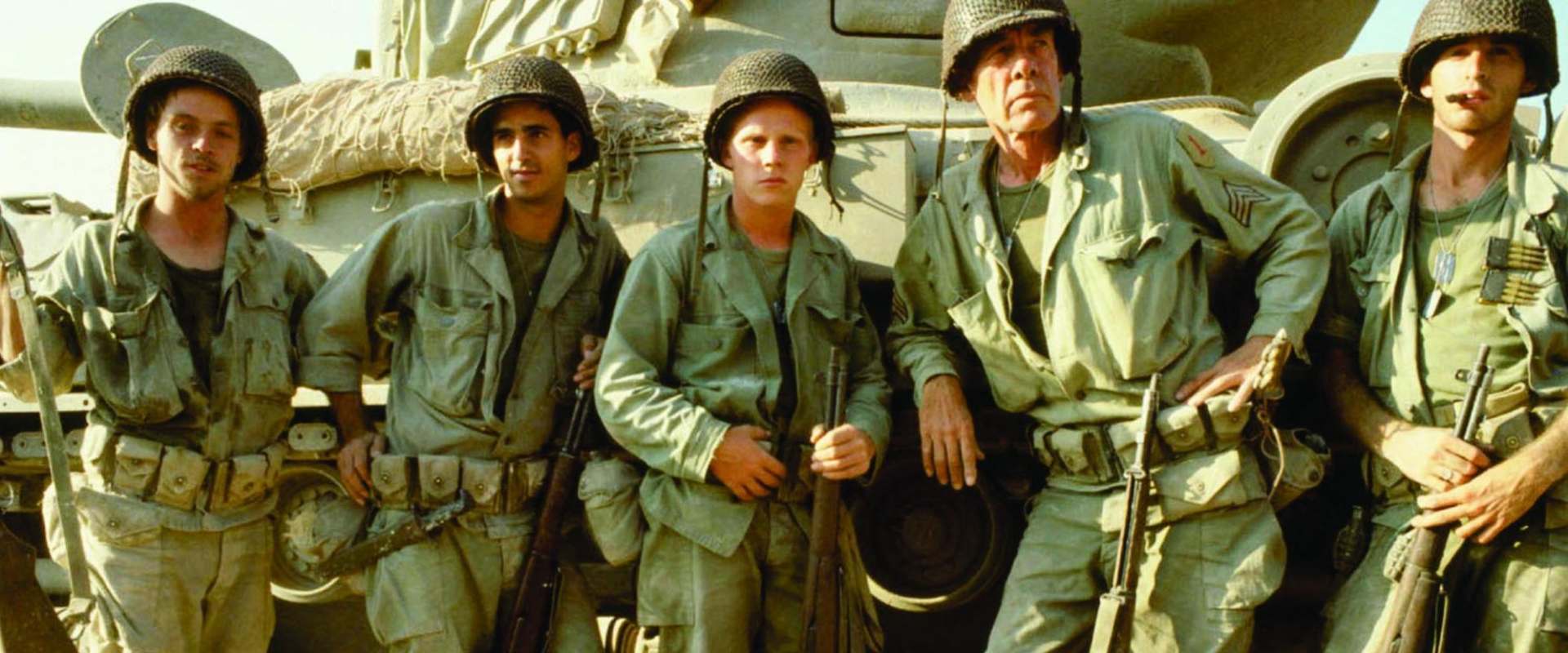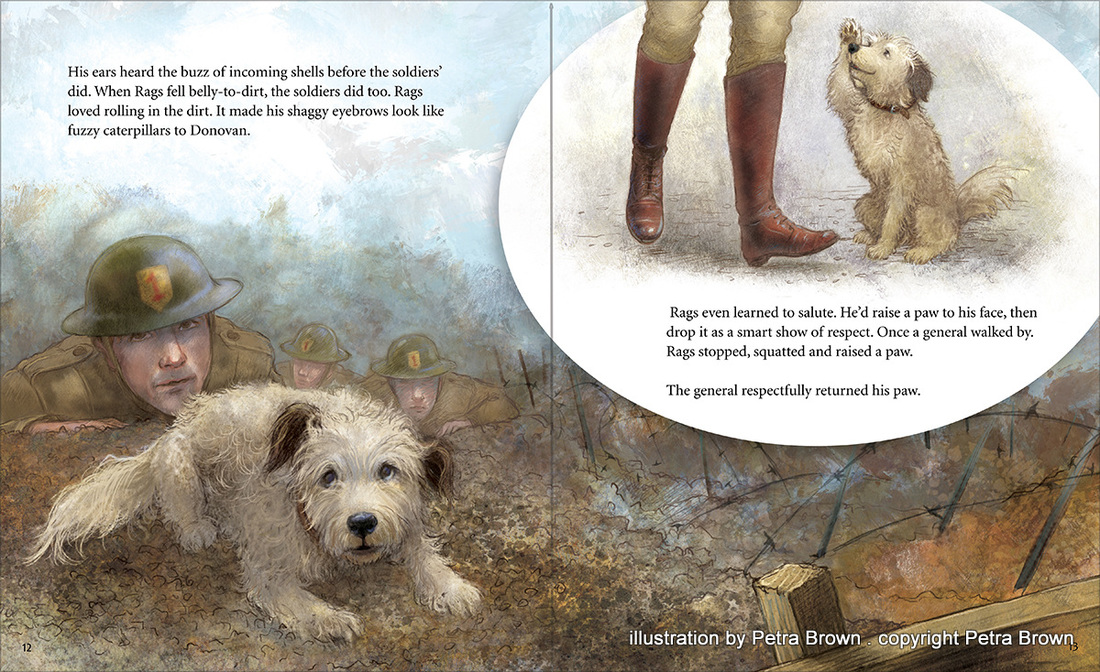
NFL News:
- Whores gotta work: Jason La Canfora is stoking the Le’Veon Bell trade rumours.
- He emphasizes “decreasing value” and how the Steelers aren’t getting the offers they want because other teams know Bell will hit the market in the spring.
- His likely teams for a Bell landing? Miami, Green Bay, and the Eagles.
- Not a rumour: Aqib Talib needs ankle surgery.
- No timeline is given for his return, but 4-6 weeks is likely.
- Speaking of rumour speakers, PFT is positing on British media rumours that if Shad Khan is able to buy Wembley Stadium, that will cinch a move for the Jaguars.
- The Daily Mail even goes so far as to surmise that closing the deal soon would allow Khan to put relocation on the 2019 meeting agenda.
- The price tag is supposedly £800 million.
- It would prevent Wembley from being a soccer stadium during the NFL season.
- This includes an agreement that the FA have the right to buy back Wembley for just £100m if it is stripped of elite status by UEFA.
- In theory, here’s how it could work:
- The Toronto Wolfpack play in the English Rugby League’s Championship (Second) Division.
- To facilitate this, the team, through its travel sponsor Air Transat, cover all travel expenses to & from Canada for visiting teams.
- The NFL has no official airline sponsor, but individual teams do.
- Virgin used to be the official airline for the International (London) games.
- The match schedule involves Toronto playing the first half of the season on the road, and then the rest at home.
- While that won’t work for the NFL, a two-home, two-road schedule could – especially if the league decides to add a second bye-week.
- To facilitate this, the team, through its travel sponsor Air Transat, cover all travel expenses to & from Canada for visiting teams.
- The Toronto Wolfpack play in the English Rugby League’s Championship (Second) Division.
Simple, isn’t it?
September 26, 1918 – The Battles of the Hindenburg Line
Known as “The Grand Offensive” in France, it was a key component in the “Hundred Days Offensive”, a strategy conceived by French General Foch to begin taking the battle in the West to the Germans.

Regarding the Hundred Days Offensive, Foch wanted to use the massive troop contingents available in Europe by the summer of 1918 to begin countering the end of the German Spring Offensive in the West that had begun in March 1918 with Operation Michael in March 1918 and drifted off by the end of July 1918. The French, British & Americans each had over 1.0 million men at their disposal, and Foch wanted to coordinate assaults by each army in concentrated efforts to weaken German front lines and force their retreat back towards Germany. The Battle of Amiens on August 8 & The Second Battle of the Somme on August 15 were the initial salvos in this strategy, and Allied victory had forced the Germans to retreat.
 The Battles of the Hindenburg Line commenced on September 26th, with the French & Americans attacking the Germans via the Meuse-Argonne offensive, with the British & Belgians attacking two days later in the Fifth Battle of Ypres. The AEF, led again by Pershing, had prepared for their offensive by moving over 400,000 men into the area, a mere ten days after the conclusion of the Battle of St. Mihiel. The assault began at 5:30 AM on September 26th. The preliminary bombardment, using some 800 mustard gas and phosgene shells, killed 278 German soldiers and incapacitated more than 10,000. Although this success allowed the Americans to overrun German forward positions, heavy rains turned the terrain to mud, which bogged down tanks and artillery and slowed resupply efforts, allowing the Germans to reinforce their rear positions and slow the Americans advance after their initial success. The AEF only advanced their lines eight miles by the end of September.
The Battles of the Hindenburg Line commenced on September 26th, with the French & Americans attacking the Germans via the Meuse-Argonne offensive, with the British & Belgians attacking two days later in the Fifth Battle of Ypres. The AEF, led again by Pershing, had prepared for their offensive by moving over 400,000 men into the area, a mere ten days after the conclusion of the Battle of St. Mihiel. The assault began at 5:30 AM on September 26th. The preliminary bombardment, using some 800 mustard gas and phosgene shells, killed 278 German soldiers and incapacitated more than 10,000. Although this success allowed the Americans to overrun German forward positions, heavy rains turned the terrain to mud, which bogged down tanks and artillery and slowed resupply efforts, allowing the Germans to reinforce their rear positions and slow the Americans advance after their initial success. The AEF only advanced their lines eight miles by the end of September.
 But, with German forces already divided & weakened, on September 29th the British Fourth Army & French First Army attacked the Germans along the Hindenburg Line in & around St. Quentin. The British and Belgian armies advanced across the old Ypres battlefield, and in three days the Menin Road Ridge, Passchendaele Ridge and all of the familiar landmarks of four years of fighting were back in Allied hands, and the Allies had advanced ten miles. [This phase of the fighting was officially designated the battle of Ypres, 1918, but is also sometimes known as the fourth battle of Ypres.] Bolstered by this success, on October 4th, the US resumed its offensive along their front. By October 5th, the Line had been broken along a 19 mile front. On October 8, the British First & Third Armies engaged the Germans in the Second Battle of Cambrai, and further broke the Line by another four miles. The rout was on.
But, with German forces already divided & weakened, on September 29th the British Fourth Army & French First Army attacked the Germans along the Hindenburg Line in & around St. Quentin. The British and Belgian armies advanced across the old Ypres battlefield, and in three days the Menin Road Ridge, Passchendaele Ridge and all of the familiar landmarks of four years of fighting were back in Allied hands, and the Allies had advanced ten miles. [This phase of the fighting was officially designated the battle of Ypres, 1918, but is also sometimes known as the fourth battle of Ypres.] Bolstered by this success, on October 4th, the US resumed its offensive along their front. By October 5th, the Line had been broken along a 19 mile front. On October 8, the British First & Third Armies engaged the Germans in the Second Battle of Cambrai, and further broke the Line by another four miles. The rout was on.
The AEF and the French cleared the Argonne of all German resistance by the third week of October, allowing Pershing to reorganize his forces. He redrew his divisions, creating a First Army under General Hunter Liggett and a Second Army under General Robert L. Bullard. Pershing then set his duties to overall strategy and planning. The Americans were looking to cement their victories before the onset of winter, and Pershing wanted to prepare for a final Spring offensive in 1919.


General Hunter Liggett General Robert Lee Bullard
_____________________
Fun fact: Prior to becoming head of the Second Army, Bullard had commanded the First Division, a.k.a. “The Big Red One”.

The mascot of the division was a terrier named Rags, who served at the front with his adopted master, James “Jimmy” Donovan. Rags was instrumental in relaying messages from the front to the rear, and helped US forces better target their artillery.

Further, as Wikipedia cribbed from the children’s book about Rags, when Rags was first in the front lines and came under shellfire, he simply imitated the men around him who would drop to the ground and cover their heads. “Before long, the soldiers observed Rags hugging the ground with his paws spread out before anyone heard the sound of an incoming round. The men soon realized that Rags’ acute and sensitive hearing was telling him when the shells were coming well before they could hear them.” The doughboys learned to keep their eyes on Rags, and he became an early-warning system for artillery shell fire.

He and Donovan were later gassed in a German attack, and such was his reputation (“orders from headquarters”) that Rags was given equal medical treatment and allowed to stay with Donovan through his hospitalization & evacuation back to the States. He remained the mascot of the First Division until his death, and was given a military burial.

He also became famous, having books written about him for both adults & children.


As a dog person, there is no way I was not including that stuff.
_____________________
Almost 1.25 million American troops had participated during the course of the 47-day campaign. American casualties were high—over 117,000—but the results were impressive. The 1st Army had driven forty-three German divisions back about thirty miles over some of the most difficult terrain and most heavily fortified positions on the Western Front, while inflicting over 120,000 casualties. The British & French suffered similar casualties, but the difference here was that their combined effort forced the Germans to re-evaluate their position on continuing to fight. This was the American influence on hastening the end of the war.
As early as September 29th the Kaiser was told that German victory in the West was no longer attainable. The scale & speed of the German defeats led military leadership to begin considering suing for peace, to avoid bringing the destruction of France onto German soil. The British, French & Americans had hoped their July Grand Offensive would push the Germans back to at least the Hindenburg Line, if not back to the German border, by the time winter forced a temporary break in the fighting. Instead, when the British, French & Americans were in the middle of planning their Spring 1919 offensives, the Germans – wracked by morale problems & the influenza epidemic – made their approaches for an armistice. It was only a 47-day campaign because it ended – as did all fighting – on November 11th.
Tonight’s sports:
- MLB:
- Brewers at Cardinals – 7:00PM | ESPN / TSN
- Orioles at Red Sox – 7:00PM | Sportsnet
- Dodgers at Diamondbacks – 10:00PM | ESPN / TSN
- NCAA:
- Women’s College Volleyball:
- Auburn at Mississippi State – 7:00PM | ESPNU
- Kansas at Oklahoma – 9:00PM | ESPNU
- Women’s College Volleyball:
I wanna bitch about the lack of pre-season NHL on Canadian TV, but they are merely pre-season games. Plus, it’s only due to the crappy rights deal negotiated by Rogers/Sportsnet, wherein they get “national” rights but TSN kept regional coverage of the Leafs, Sens, Habs & Jets, freezing out other regions from watching those games. IT’S LIKE BEING FORCED TO ONLY WATCH THE AFC NORTH!
It’s still dark out. Plus it’s raining.
Why am I awake?
https://www.youtube.com/watch?v=9RwVJVjjNA4
a) All the gods hate you
or
iii) Because you touch yourself in an impure manner
It can be both.
http://static.comicvine.com/uploads/original/11113/111139969/3817501-avatar_alison_brie_gillian_jacobs_bbcgucms.sized.gif
Weren’t we supposed to be posting video game stuff?
https://www.youtube.com/watch?v=SDwk59K0KMQ
Sure.
https://www.youtube.com/watch?v=V0iDmSTID18